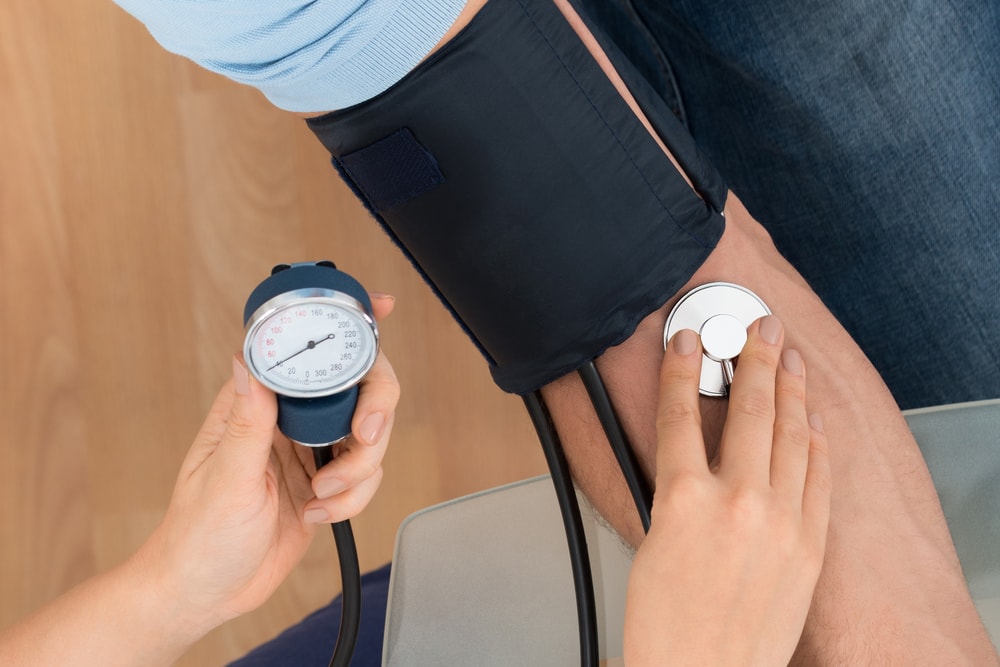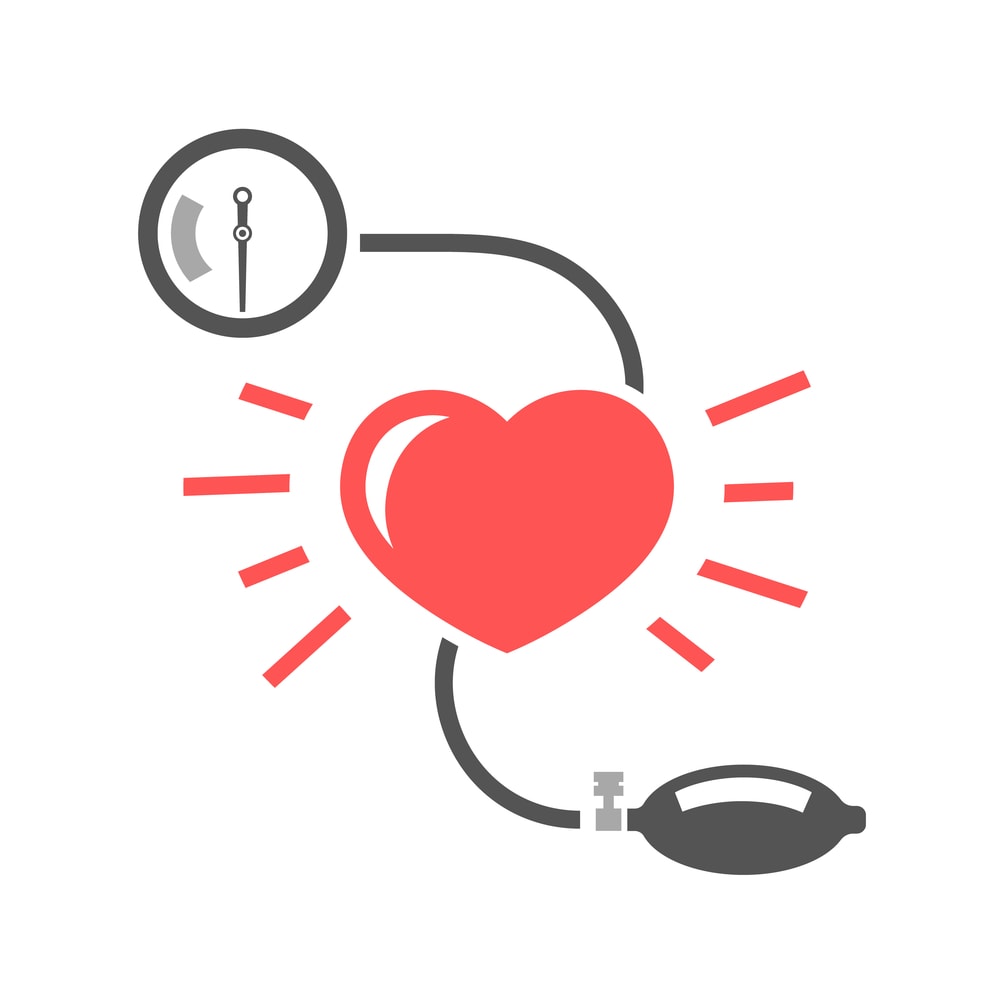Why Blood Pressure Matters in Trucking
High blood pressure is one of the most common health issues affecting truck drivers today. Long hours behind the wheel, limited access to nutritious meals, high-stress environments, and little time for exercise can all contribute to rising blood pressure levels. Left unchecked, high blood pressure—also known as hypertension—can increase the risk of heart disease and other serious medical conditions.
For commercial drivers operating a commercial motor vehicle, maintaining healthy blood pressure levels isn’t just about personal wellness—it’s a requirement for staying medically certified and on the road. Blood pressure readings are a key part of the DOT physical, and failing to meet the required standards can directly impact a driver’s ability to hold a valid certification.
This blog covers what truck drivers need to know about high blood pressure, how it’s evaluated during physical exams, and how to stay ahead of any health concerns (with the help of medical professionals).

Understanding High Blood Pressure and DOT Regulations
When it comes to commercial driving, your blood pressure reading matters—a lot. The Department of Transportation (DOT) uses specific guidelines to determine whether a driver is medically fit to operate a commercial motor vehicle.
Let’s start with the basics. A normal blood pressure reading is generally considered to be below 120/80 mmHg. Elevated blood pressure falls between 120–129 systolic and less than 80 diastolic. Once a driver’s systolic blood pressure (top number) hits 130 or the diastolic blood pressure (bottom number) reaches 80 or higher, it may be considered high blood pressure. From there, blood pressure is categorized into stages, ranging from slightly elevated blood pressure to more serious hypertension.
The DOT blood pressure limits currently allow drivers to be certified if their blood pressure is at or below 140/90. Anything above that may require more frequent monitoring, a shorter medical card, or could disqualify you from passing the DOT physical exam entirely, depending on severity and treatment status.
So, can you have a CDL with high blood pressure or while on blood pressure medication? The answer is yes, with proper management. Drivers taking prescribed medication and showing consistent, qualifying readings may still maintain their commercial driver’s license (CDL). However, documentation and compliance with DOT guidelines are critical to passing blood pressure checks during your physical.
DOT Physical Exam: What to Expect
Before you can legally operate a commercial motor vehicle, you’ll need to complete a DOT physical—a required health screening that determines whether you’re medically qualified for the road. The DOT physical examination is overseen by a certified medical examiner, and one of the most closely watched metrics is your DOT blood pressure reading.
During the DOT exam, expect a full physical examination that includes:
A blood pressure check
A urine sample to screen for underlying health conditions
A hearing test to confirm auditory ability with or without a hearing aid
A vision check, including whether you require corrective lenses
A thorough health history form covering past or existing medical conditions, including insulin-treated diabetes
The medical examiner will evaluate your overall health, but blood pressure regulations play a significant role in determining if you pass. If your numbers are too high, the examiner may issue a shorter certification period, request follow-up exams, or withhold certification altogether until readings improve.
Need to schedule your next exam? You can locate certified medical examiners through the Federal Motor Carrier Safety Administration (FMCSA) registry.

What Happens If Your Blood Pressure Is Too High?
If your blood pressure is too high during your DOT physical exam, it doesn’t always mean automatic disqualification, but it does mean your certification options may be limited.
Drivers with slightly elevated blood pressure may still receive a medical card, but often for a shorter term, such as 3 months or 1 year, instead of the standard 2 years. This shorter period gives you time to work with prescribing doctors or other medical professionals to stabilize your blood pressure levels.
In more severe cases of high blood pressure, or if your blood pressure rises over time, you may not qualify until your readings meet the blood pressure requirements set by the DOT. Your medical certification depends on showing that your condition is being properly treated and controlled.
If you’re managing CDL high blood pressure with medication or other treatments, your examiner may request follow-up documentation or regular retesting to confirm ongoing compliance. Understanding the re-testing timelines and working closely with your provider is key to maintaining your commercial driving status.
Managing Blood Pressure with Professional Guidance
For commercial drivers, managing blood pressure isn’t something to handle alone. If your readings are consistently elevated, the best step forward is to work with qualified healthcare providers who can assess your health and create a personalized care plan.
In many cases, prescribed medication can help bring blood pressure into an acceptable range. When monitored by medical professionals, such medication may enable you to pass the DOT physical and continue driving with a valid medical certificate. But it’s important to remember: never self-diagnose or make changes to your blood pressure medication without talking to a doctor first.
DOT regulations are clear—your condition must be properly managed and documented to stay compliant. Working with professionals ensures you’re not only meeting the standards but also protecting your long-term health and career.

Lifestyle Tips to Support a Healthy Blood Pressure (With Your Doctor’s Help)
Note: Always consult a doctor before making health changes.
While medication plays a role in managing hypertension, lifestyle changes—guided by a medical professional—can also support your efforts to lower blood pressure and maintain a healthy life over the long haul.
Here are a few habits many drivers discuss with their doctors:
Balanced diet: Reducing sodium, processed foods, and unhealthy fats can help improve heart health.
Exercise regularly: Even short walks or stretching outside the cab can make a difference.
Lose weight: Shedding extra pounds helps reduce strain on the heart and blood vessels.
Caffeine intake: Cutting back can reduce temporary spikes in pressure.
Breathing exercises: Deep, controlled breathing may reduce stress and support cardiovascular health.
When done consistently under the guidance of a healthcare provider, these changes may help prevent long-term issues like kidney disease and heart attack, two risks linked to prolonged high blood pressure.
The Road Ahead: Planning for Your Next DOT Physical
When it comes to staying qualified for commercial driving, preparation is key, especially if you’ve had issues with blood pressure levels in the past. Don’t wait until the day of your next DOT physical to think about your health. Start tracking your driver’s blood pressure regularly and work closely with your doctor to stay within DOT-approved limits.
Make sure your medical history is up to date and bring any necessary documentation with you—this includes details about current medications, treatment plans, and any diagnosed conditions. Being transparent and prepared can make the exam process smoother and reduce the risk of delays or follow-ups.
It’s also worth understanding the DOT physical cost and what’s included so you can plan ahead. Taking these steps not only helps you pass the exam, it keeps you on the road with confidence.
Take Control with the Right Support
For anyone operating a commercial motor vehicle, managing blood pressure isn’t just about meeting DOT requirements—it’s about protecting your long-term health and career. High blood pressure can put your driving future at risk, but with the right plan and support, it’s something that can be addressed head-on.
Work with your healthcare providers to monitor your condition, follow their guidance for treatment, and don’t hesitate to ask questions along the way. When it comes time for your DOT physical, certified medical examiners will be looking for clear evidence that your condition is under control.
Proactive steps today—regular checkups, honest conversations, and a focus on managing blood pressure—can make all the difference. Your livelihood depends on your health. Keep yourself in the driver’s seat by staying informed and supported.
